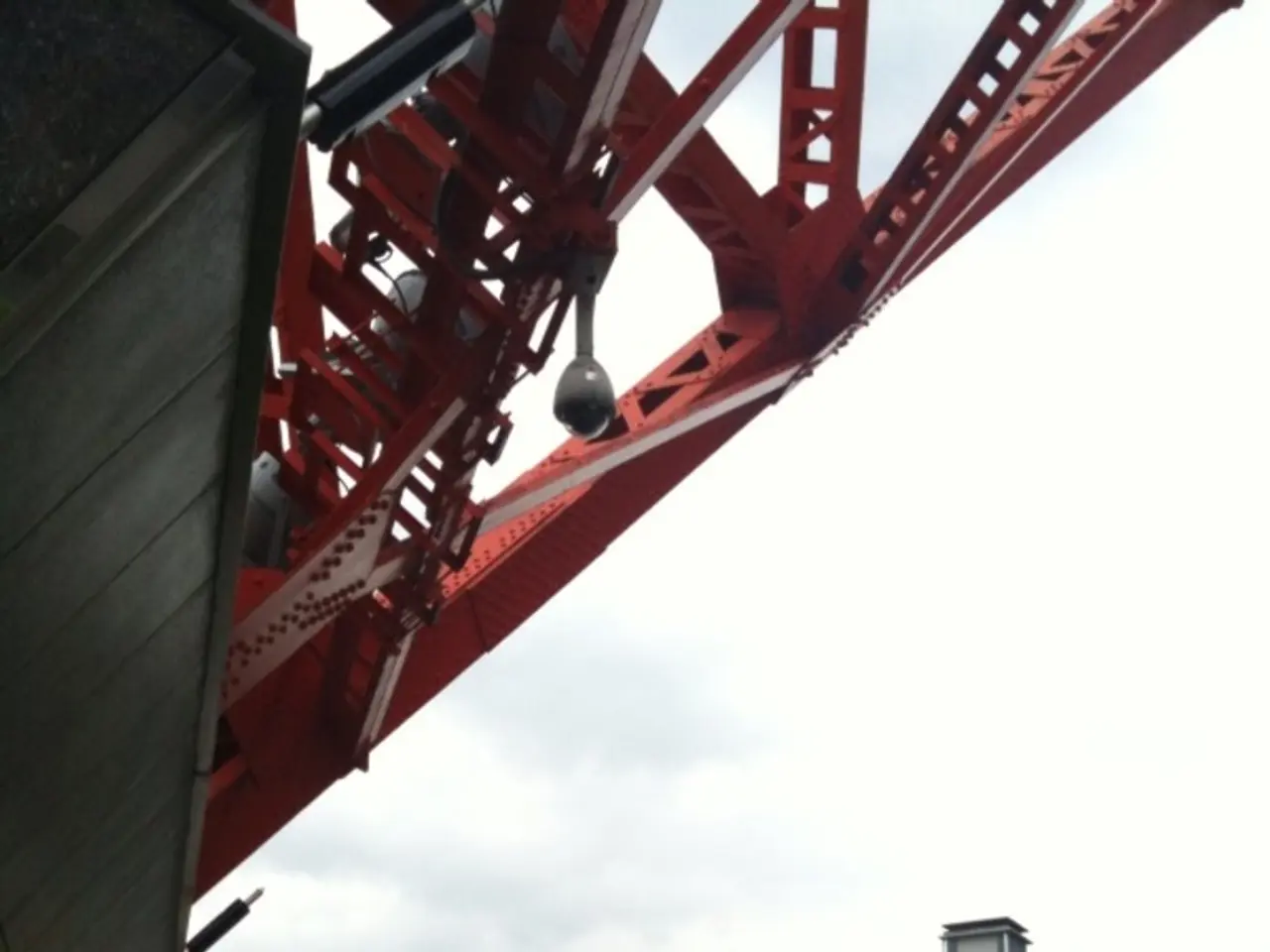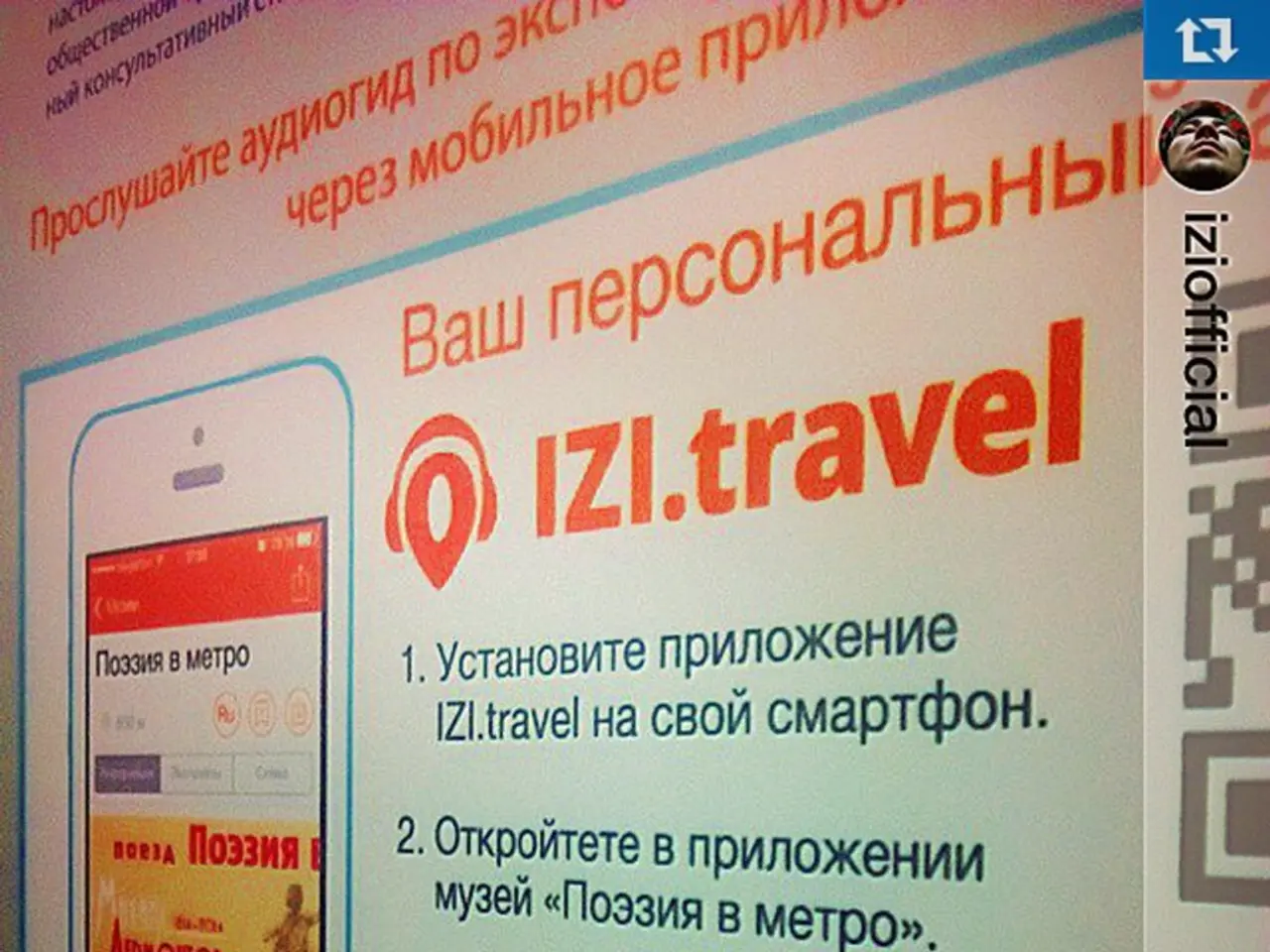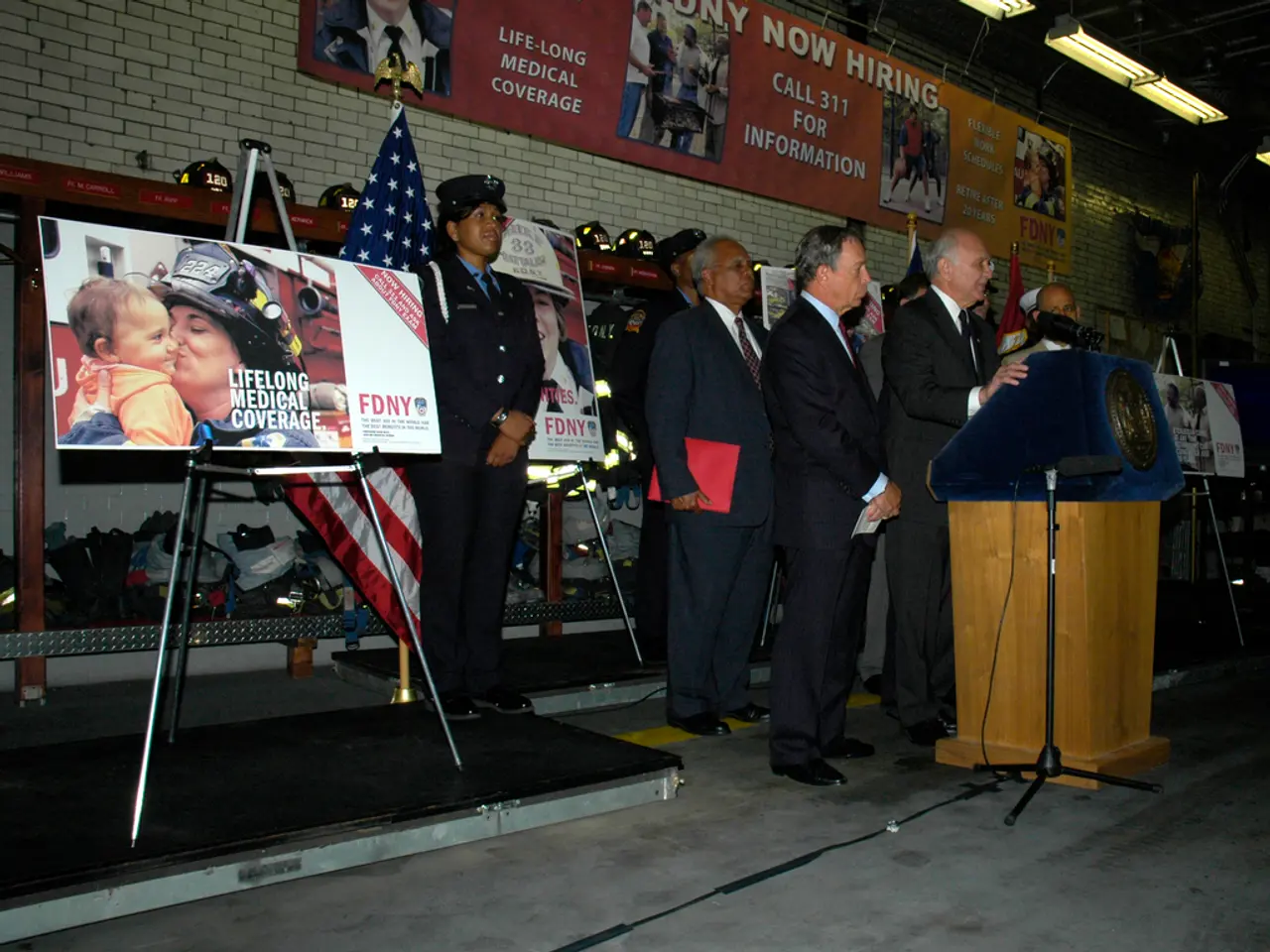Transit's Upcoming Developments
In the face of the ongoing COVID-19 pandemic, the importance of public transit has never been more evident. However, challenges persist, particularly in terms of accessibility and equity. According to a report from the American Prospect, at least 237 public transit workers in the U.S. have lost their lives to the virus, a number that may have increased since the report was published.
As we move towards a more sustainable future, city planners must consider the unique concerns of various populations, such as those living in poverty or undocumented individuals, as stressed by Jordana Maisel, the director of research at the University at Buffalo's IDEA Center.
To invest in public transit while centering equity and accessibility, several integrated strategies are essential.
Prioritizing Inclusive, Accessible Transit Design
Investments should ensure all transit modes are accessible to people with disabilities and disadvantaged groups. This includes wheelchair-accessible vehicles, tactile wayfinding, automated announcements, and real-time trip planning apps with accessibility features. Examples of this can be seen in Portland's TriMet, which offers fully wheelchair-accessible buses, digital stop information for visually impaired users, and a paratransit service offering on-demand rides at fixed-route prices.
Expanding Zero-Emission Transit Fleet and Infrastructure
Transitioning to electric and other zero-emission buses not only reduces emissions but also improves service sustainability. The Biden administration's push includes federal funding for zero-emission buses, with examples like Southeast transit agencies leading in low- and zero-emission fleet adoption. Building accessible EV charging infrastructure broadly, including for underserved and minority communities, addresses inequities in electric mobility and the upfront cost burdens associated with EV adoption.
Ensuring Equitable Funding Allocation and Service Expansion
Equity in funding means fair per capita public resource shares and targeted support to disadvantaged groups, accounting for their mobility needs. Massachusetts, for example, has expanded funding to Regional Transit Authorities, resulting in more routes, frequency, and fare-free options that increase access for riders outside major urban areas. Funding strategies should avoid regressive mandates, such as parking subsidies that disadvantage non-drivers, and emphasize least-cost, multimodal investments.
Using Data-Driven Equity Evaluations and Inclusive Planning
Employing detailed metrics on travel demand, service quality, costs, and socio-demographic factors to evaluate equity impacts is crucial. Strategies include comprehensive impact analysis to fairly distribute resources and compensate for external costs like pollution or congestion. Inclusive planning practices engage affected communities—especially low-income, disabled, and minority riders—in decision-making to ensure responsiveness to diverse needs.
Addressing Broader Barriers to Mobility
Beyond vehicle and route investments, supporting broader access involves fare-free transit initiatives and integrated multimodal options such as biking and walking. Overcoming structural barriers—like lack of at-home EV charging or limited used EV availability in minority communities—further supports equitable access to clean transit options.
In conclusion, these strategies align sustainable zero-emission transit investments with principles of equity and accessibility, leveraging new funding sources and technology while centering the needs of marginalized communities, consistent with the Biden administration’s goals and emerging best practices.
However, it's important to note that accessibility issues persist in public transit, with many stations failing to accommodate individuals with disabilities or those who are visually impaired. In New York City, for instance, 75% of subway stations fail to meet accessibility standards.
Moreover, the transportation sector lacks diversity in positions of power, as highlighted by Tamika Butler, a principal in the transportation sector's equity and anti-racism consulting firm. A shift in power within transportation agencies, prioritizing diversity, is key to avoiding gentrification and creating a more equitable public transit system.
The COVID-19 pandemic has led to a significant shift in public spaces, with cities like New York and Oakland limiting car traffic to encourage outdoor activities. Paris, for example, has established special cycleways for bicyclists as part of its post-COVID city transformation.
President Joe Biden's climate plan includes a focus on public transportation, with a promise to provide every American city with at least 100,000 residents with "high-quality, zero-emissions public transportation options" through federal investments. However, a transformation of public transit would require an additional $2 billion annual investment at minimum, according to the Urban Institute.
As we move forward, it's crucial to remember that diversity for diversity's sake is not enough. The power shift must be followed by funding for improved transit infrastructure and services. Gentrification, displacement, and resentment often follow when equity is missing from transportation planning, leading to increased rents and the displacement of long-time residents, as seen in cities like San Diego and Los Angeles in California.
In the end, a more equitable public transit system benefits us all, making cities more accessible, sustainable, and inclusive.
- The importance of integrating environmental-science principles in the design of the next newsletter issue on public transit becomes apparent, focusing on climate-change mitigation and strategies for promoting zero-emission transit systems.
- In light of the increasing demand for inclusive and accessible public transit, art could be featured in magazine editorials to showcase stories of underrepresented communities, illustrating the challenges they face and the potential solutions for a more equitable system.
- With environmental-science research highlighting the impact of climate-change on the industry, finance leaders should prioritize investments in public transit that are not only sustainable but also considerate of the needs of low-income communities and minority groups.
- Magazine articles could explore the cultural implications of climate-change on public transit, delving into traditions and beliefs that have shaped transportation over time and how they can guide us towards a more sustainable future.
- City planners could collaborate with science institutions to study the long-term effects of climate-change on public transit infrastructure, with the aim of implementing designs that ensure the resiliency of systems in various climates and environmental conditions.
- In the process of transitioning towards zero-emission transit fleets, it would be crucial for industry associations to promote awareness and education on the importance of utilizing public transit in reducing carbon emissions and mitigating the effects of climate-change, addressing the concerns of various communities and fostering a culture of sustainability.




